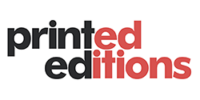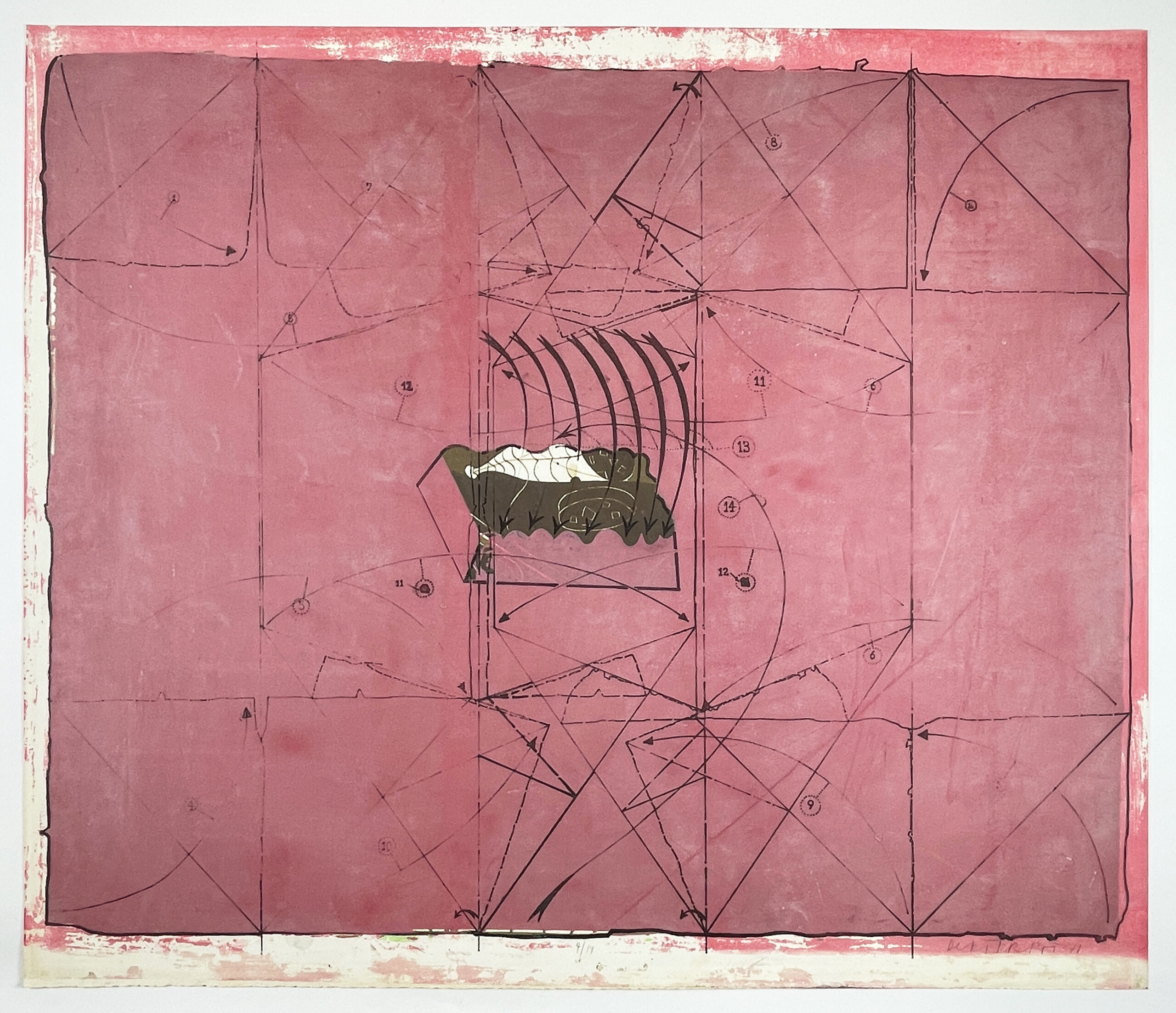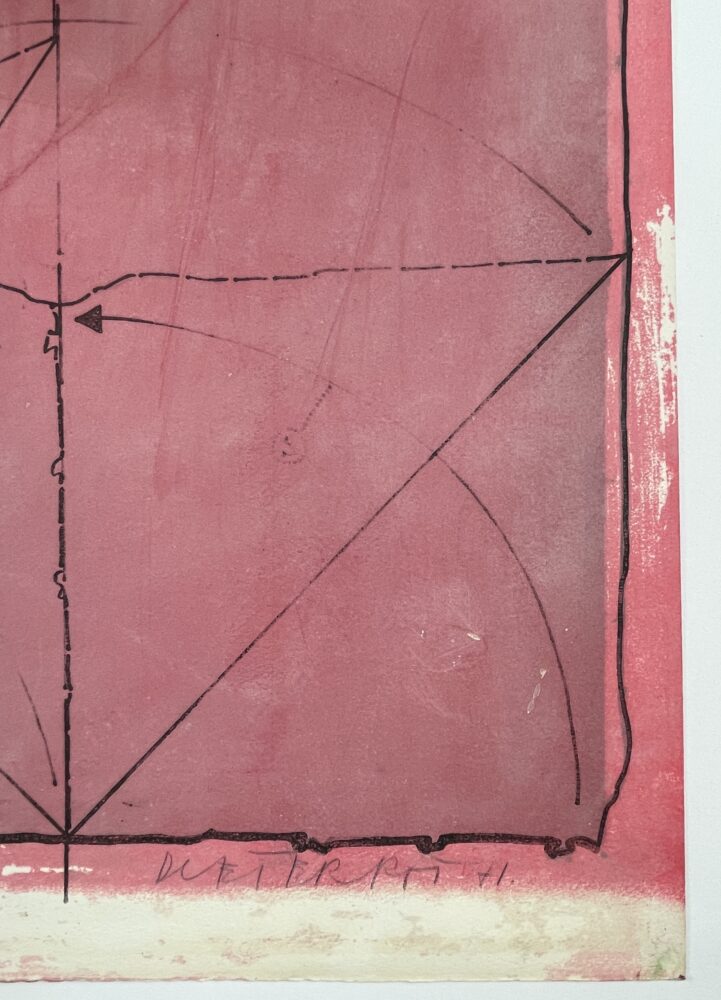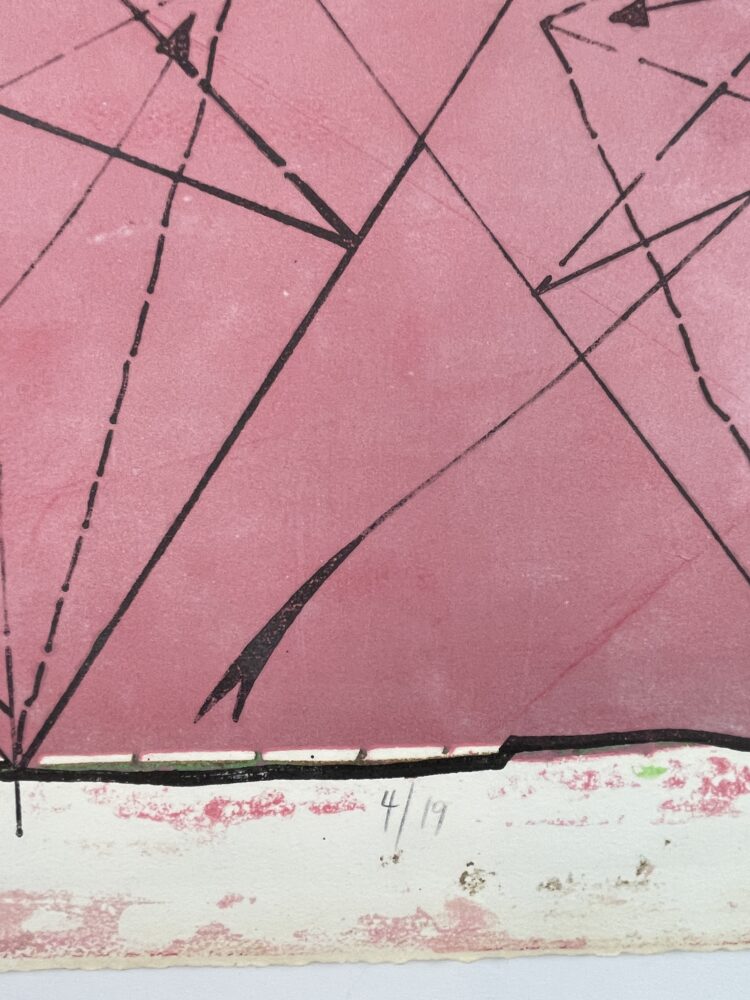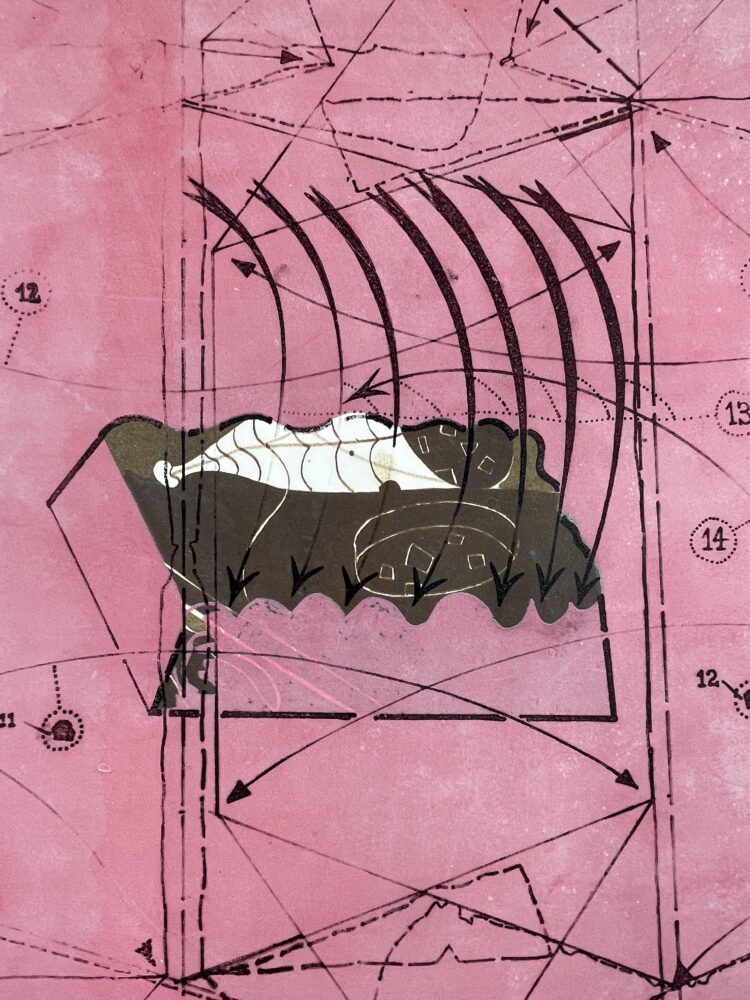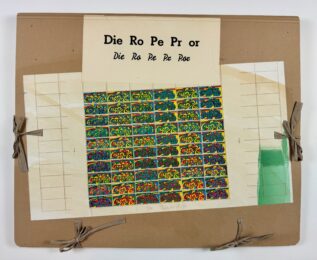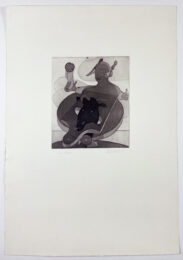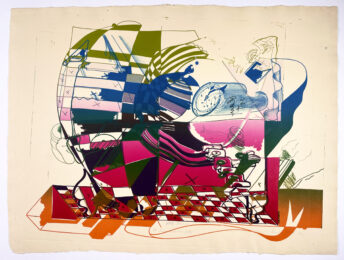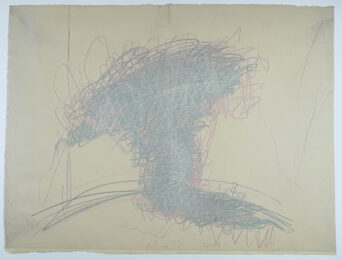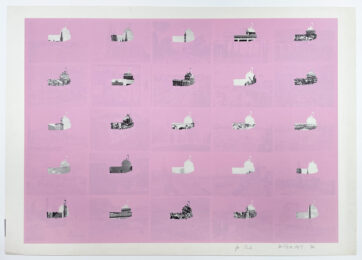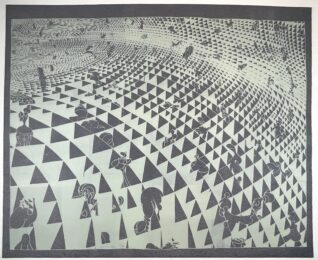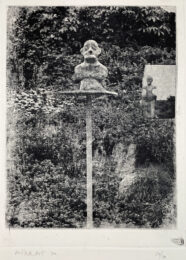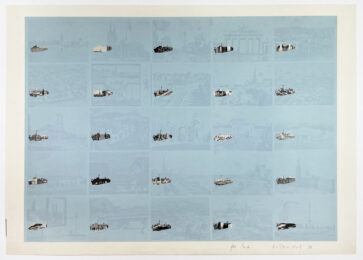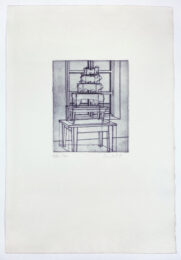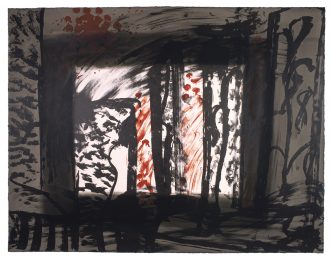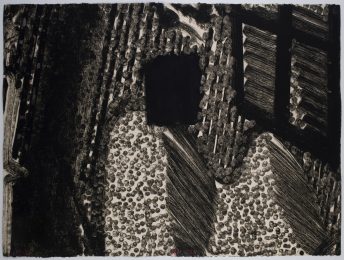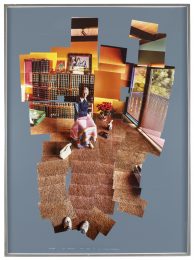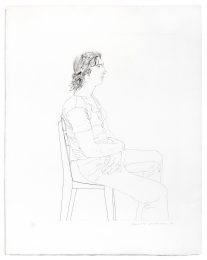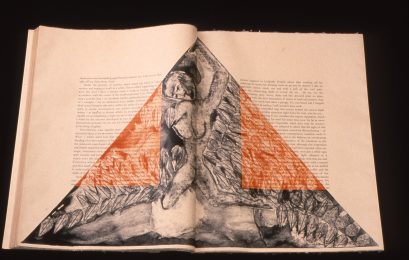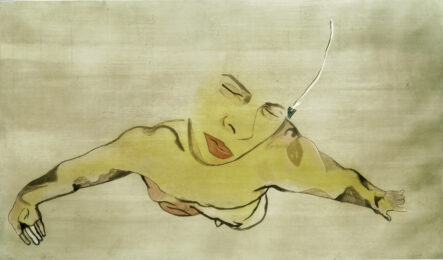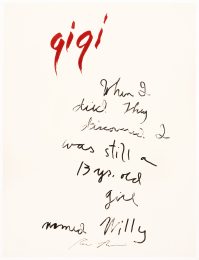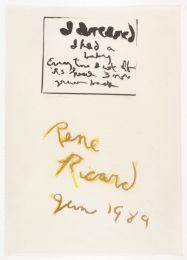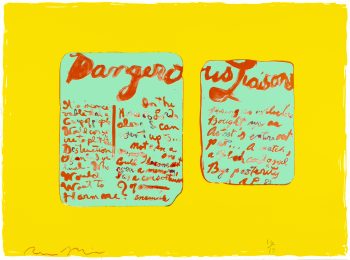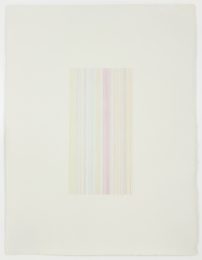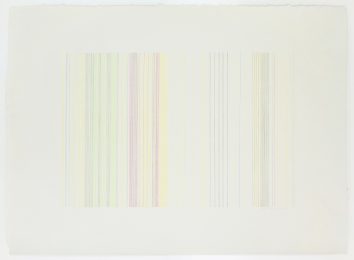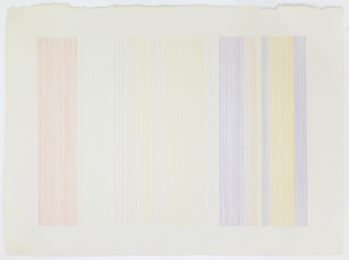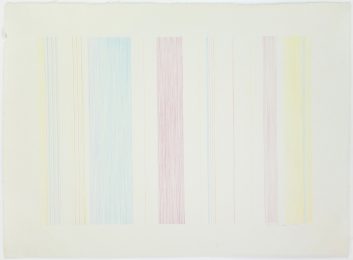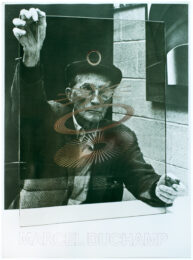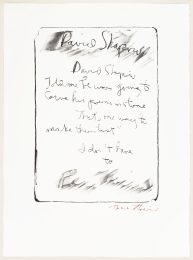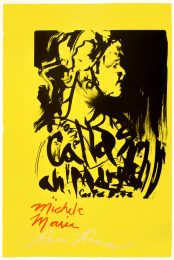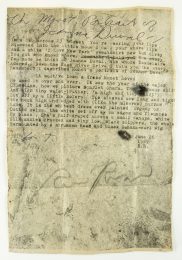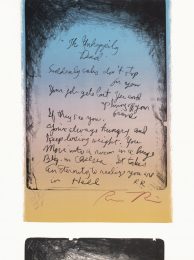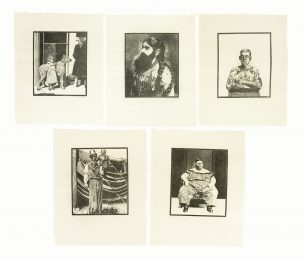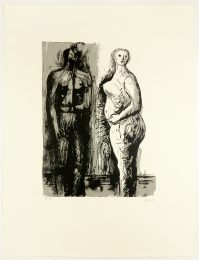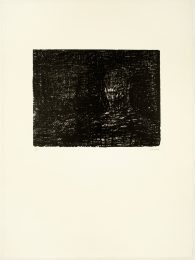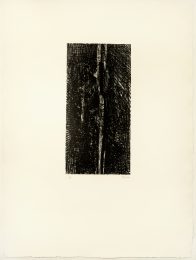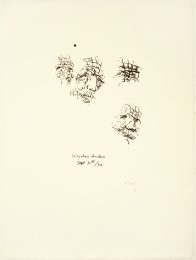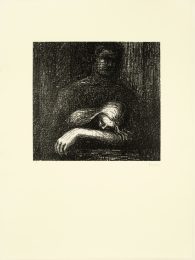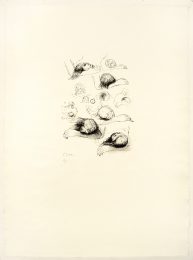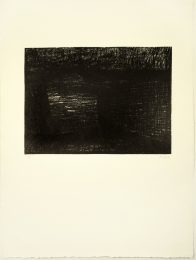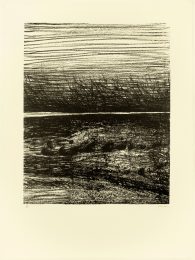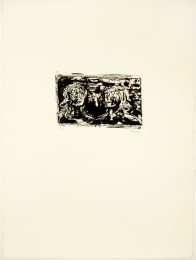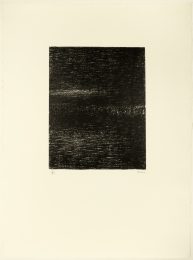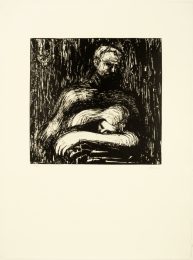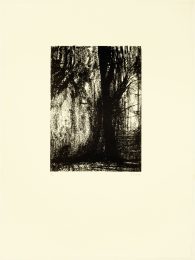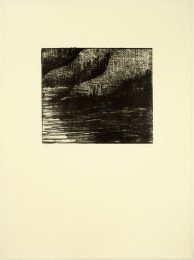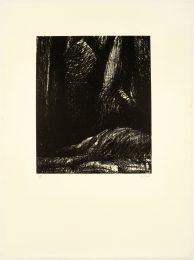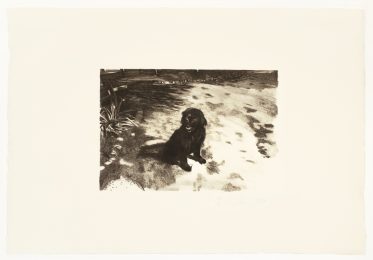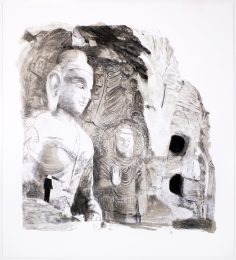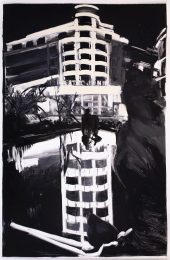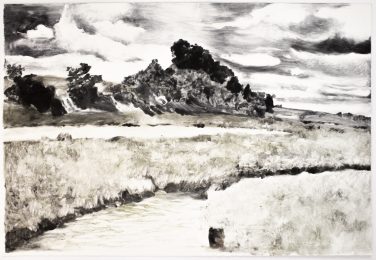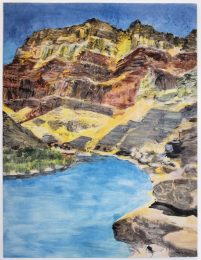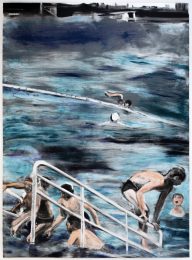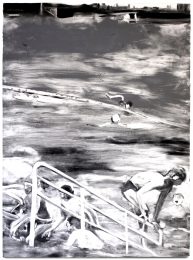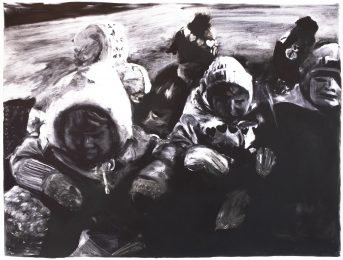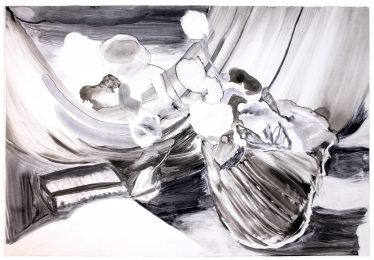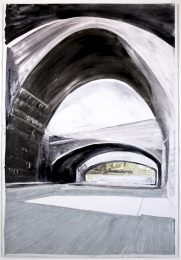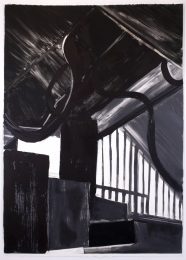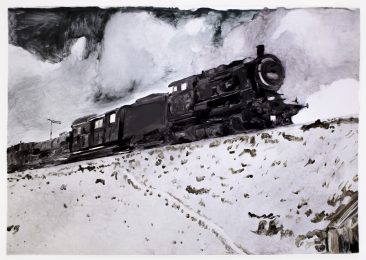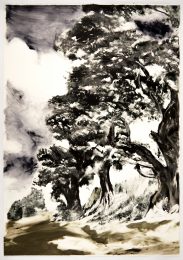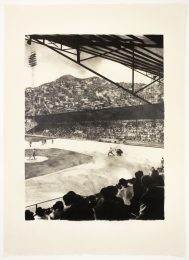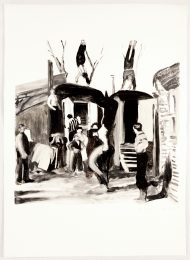Details — Click to read
Wrapper, 1971
34 x 39.75 in. / 86.5 x 101 cm
Lithograph (Zinc) in 6 colours, 4 printing forms on white paper.
Edition of 19, numbered and signed, each a unique print, 3 AP.
Numbered 4/19 lower center in pencil. Signed and dated 71 lower right in pencil. Printed by Ernie Donagh, London, and published by Petersburg Press, London
Catalogue reference: Roth 172
Condition: Some aging/discoloration of paper tone, ink discoloration on recto
Dieter Roth was a printmaker from childhood: his first etching at the age of 16 was scratched into a soda can, and despite the failure of the can to print anything but a shadow of ink, he continued his study and by 20 was a serious apprentice in lithography to a well-known commercial artist, Eugen Jordi. Later he would continue to print and publish much of his own work. From the 1960s onward, his collaborations with Petersburg Press brought him international recognition and produced some of his most celebrated work: Six Piccadillies (1970), and Containers (1972).
Interested in chance and spontaneity, Roth was drawn to make prints using unorthodox means: according to mathematical principles, using equations, or by randomly rearranging blocks before they were run through the press. The artist often printed plates repeatedly in different colors, producing many variations from just a few images. He used the printing press and materials to interrogate the creative process rather than just as tools to achieve an edition of identical prints: for example, overprinting or under-inking, or running objects through the press (in 1968, a box of chocolates). Roth was not just interested in the chance of making pictures but the unpredictability of decay: allowing the grease from slices of meat to slowly contaminate paper, immersing a print in vegetable juice, clamping metal to paper to produce rust, and pouring chocolate over a finished work.
Roth would make hundreds of print editions and books over his career and blurred the line between genres and mediums, embarking on prodigious collaborations and experimentation with music, poetry, art, and literary works.
